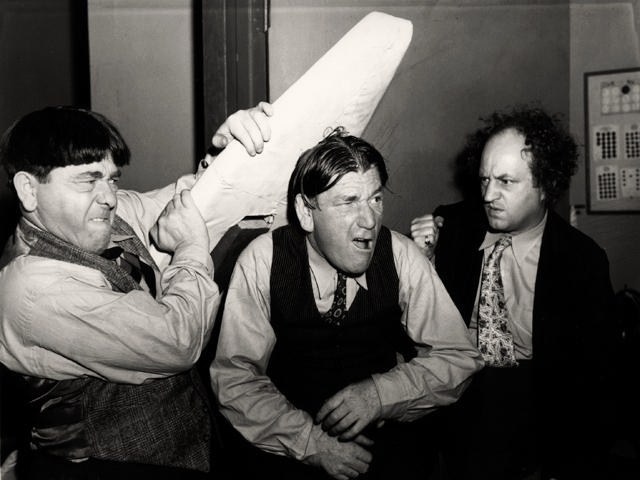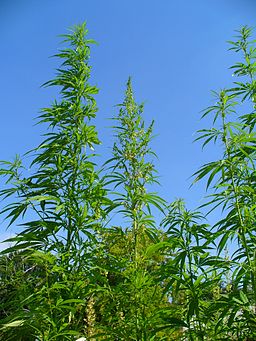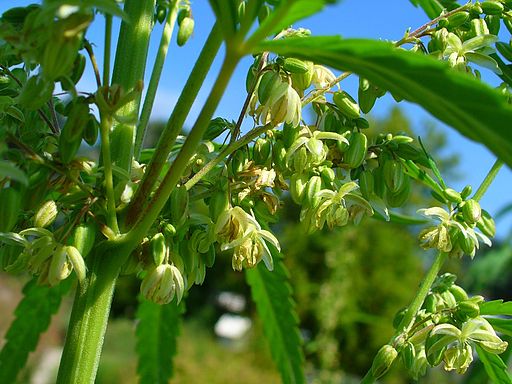There’s a bright golden haze on the meadow.
There’s a bright golden haze on the meadow.
The corn is as high as an elephant’s eye,
And it looks like it’s climbing right up to the sky.
Oh, what a beautiful morning!
Oh, what a beautiful day!
I’ve got a beautiful feeling
Every thing’s going my way!
― Excerpt from “Oh, What a Beautiful Morning” from the musical Oklahoma!; lyrics by Oscar Hammerstein II.
The hemp plant, Cannabis sativa, has had a tortured history over the past hundred years on account of its close relative, also Cannabis sativa, but more commonly known as marijuana. The variety grown as hemp and renowned throughout history over several continents for its practical uses has a vanishingly small tetrahydrocannabinol (THC) content of less than 1%, while the variety grown for its psychoactive properties has a THC content over 20%. Smoking hemp would induce a headache rather than relieve one. Why then has hemp been demonized along with its fun-loving and meditative relative?
Like the shreds of fiber running through a stalk of hemp itself, the story has many strands, and they are all entwined within the Cannabis sativa plant as a whole. In the early twentieth century, Mexicans fleeing the chaos of revolution in their country came to the United States in large numbers and brought their recreational and medicinal use of marijuana (their term) with them. Americans had long grown hemp, but they had little interest in its higher THC relative. Americans evidently preferred liquid spirits. The influx of Mexican immigrants with their loco weed coincided with the push toward prohibition of alcohol which culminated in the passage of the 18th Amendment to the Constitution in 1919.
Americans who were now prohibited alcohol could not be allowed to turn to marijuana for relief, particularly considering its association with poor brown-skinned people and, increasingly, poor black-skinned ones. The
demonization began in the southwestern and southern states in the 1920s and spread to the rest of the country by the early 1930s. Government agents would have too much difficulty discerning innocent hemp in the field from devil weed, and therefore it was all to be outlawed. Farmers who still wished to grow hemp had to apply for a license from the government and submit to oversight and red tape. Fewer and fewer farmers wished to put up with the hassle from the 1930s on until, after a brief blip of government encouragement during World War II, no one was growing hemp in this country after about 1956.
Hemp for Victory, a 1942 short film from the United States Department of Agriculture.
There are also possibly self-serving culprits in the
demonization of marijuana among the powerful of the 1920s and 1930s in the United States, among them William Randolph Hearst, Andrew Mellon, and the DuPont family. Hemp, a useful and unglamorous plant with no psychoactive properties, was difficult to demonize. It’s smoky Jazz Age relative, on the other hand, lent itself more easily to
demonization, and then hemp, the real target of powerful business competitors, was more easily tossed by them onto the smoldering pyre of public condemnation as a matter of guilt by association.
 Shemp Howard, in the middle, receives an ironing board rebuke from Moe Howard, on the left, while Larry Fine looks on in
Shemp Howard, in the middle, receives an ironing board rebuke from Moe Howard, on the left, while Larry Fine looks on in Sing a Song of Six Pants
, a Three Stooges short from 1947. Shemp should not be confused with hemp, nor with Joe Palma, also known as “Fake Shemp” after he doubled for Shemp following the famous comedian’s untimely demise.The lowest point was reached in the 1970s and 1980s with the designation of marijuana as a Schedule I narcotic in the
Controlled Substances Act of 1970, the creation of the self-perpetuating Drug Enforcement Agency (DEA) a few years later, and in the 1980s the introduction of draconian mandatory, minimum sentencing laws with the promise and encouragement of zealous enforcement by the administration of President Ronald Reagan. The prisons, many of them now privately operated for profit, have been bursting at the seams ever since, mostly with the grandchildren of those poor brown or black people we discussed earlier, a lot of them busted for minor drug offenses. How do you control a population? Start with their customs and particularly target what you can portray as their vices. Have a stiff alcoholic drink then and consider whether your profitable – and even patriotic – plan to grow some useful hemp is worth your while to hassle with the DEA, the ultimate overseer, state laws tendering you encouragement notwithstanding.
― Izzy





